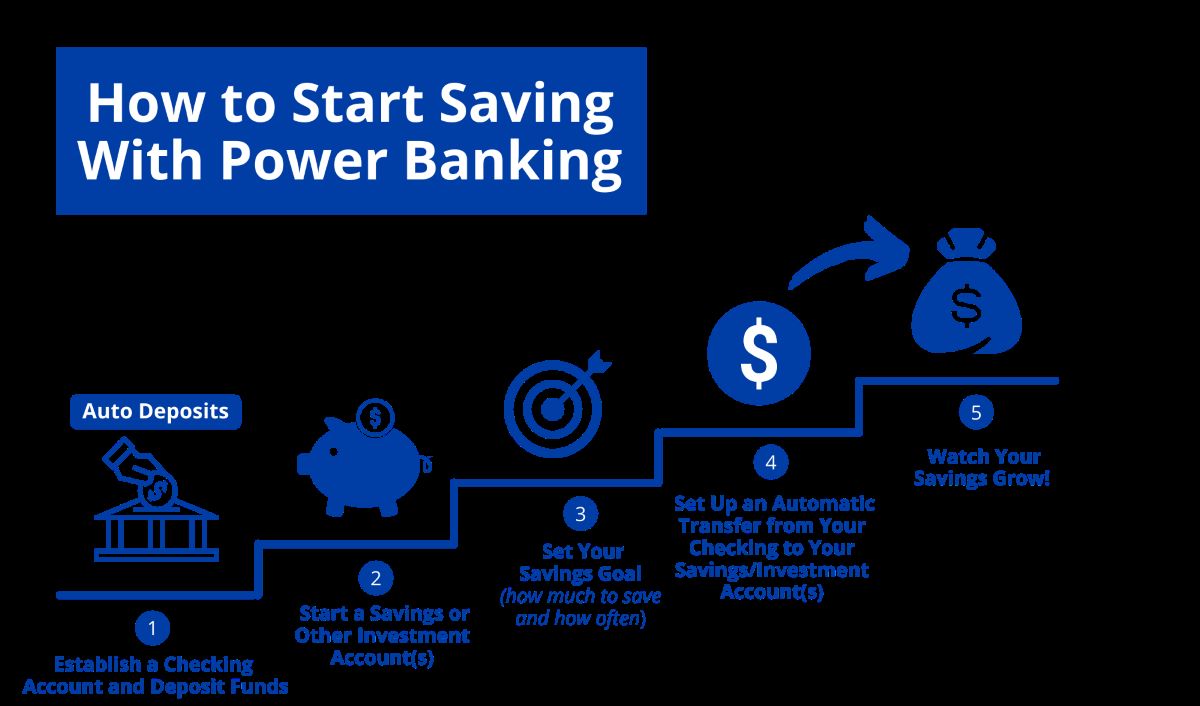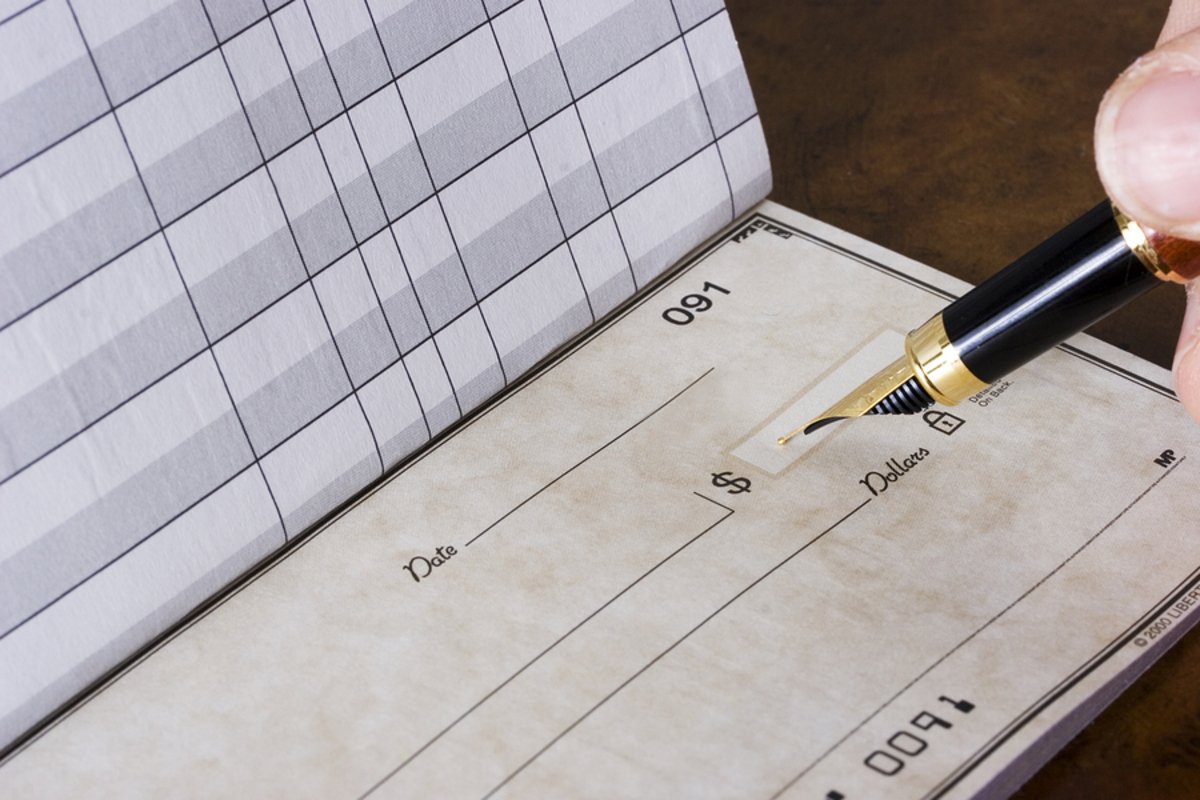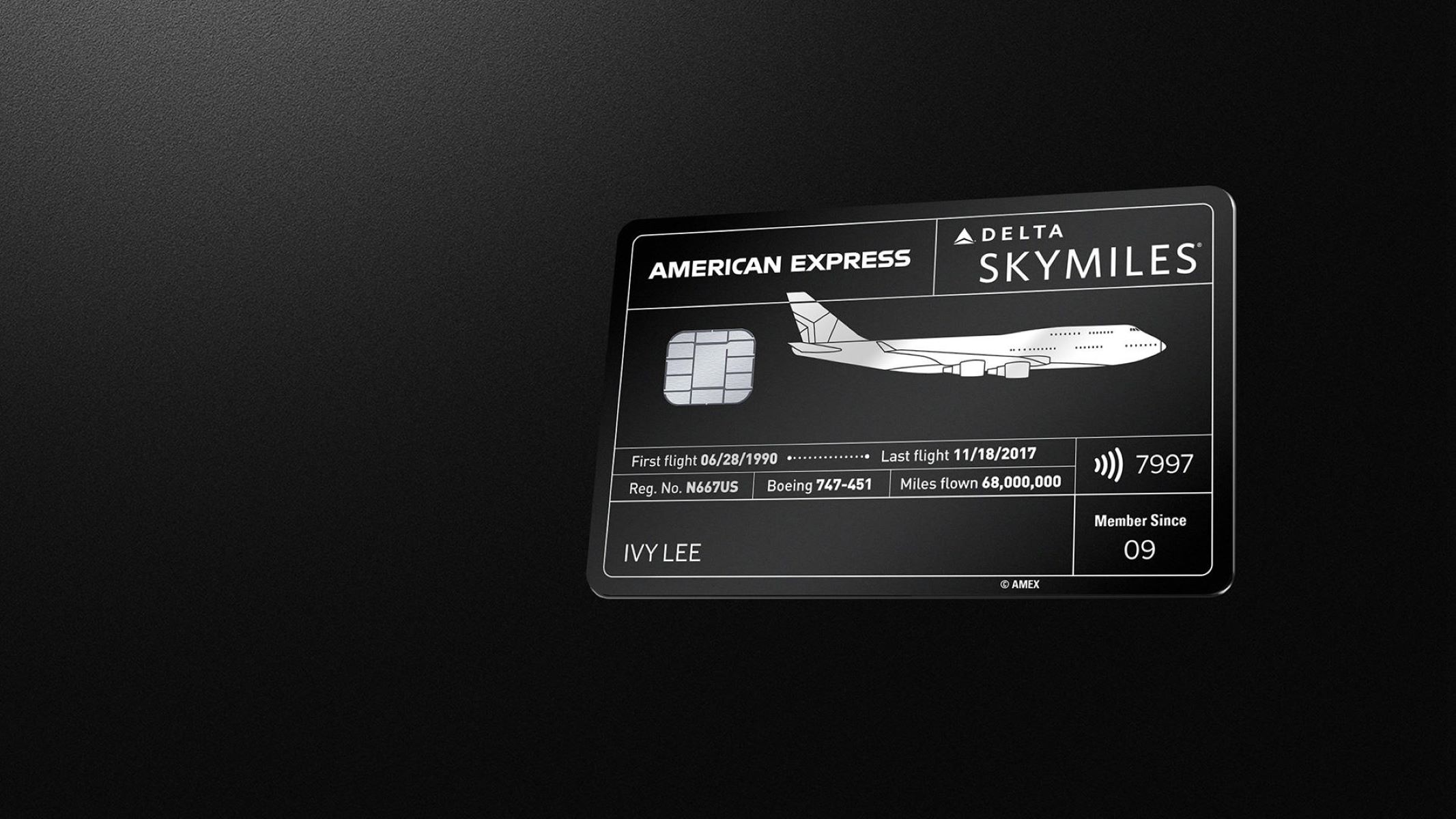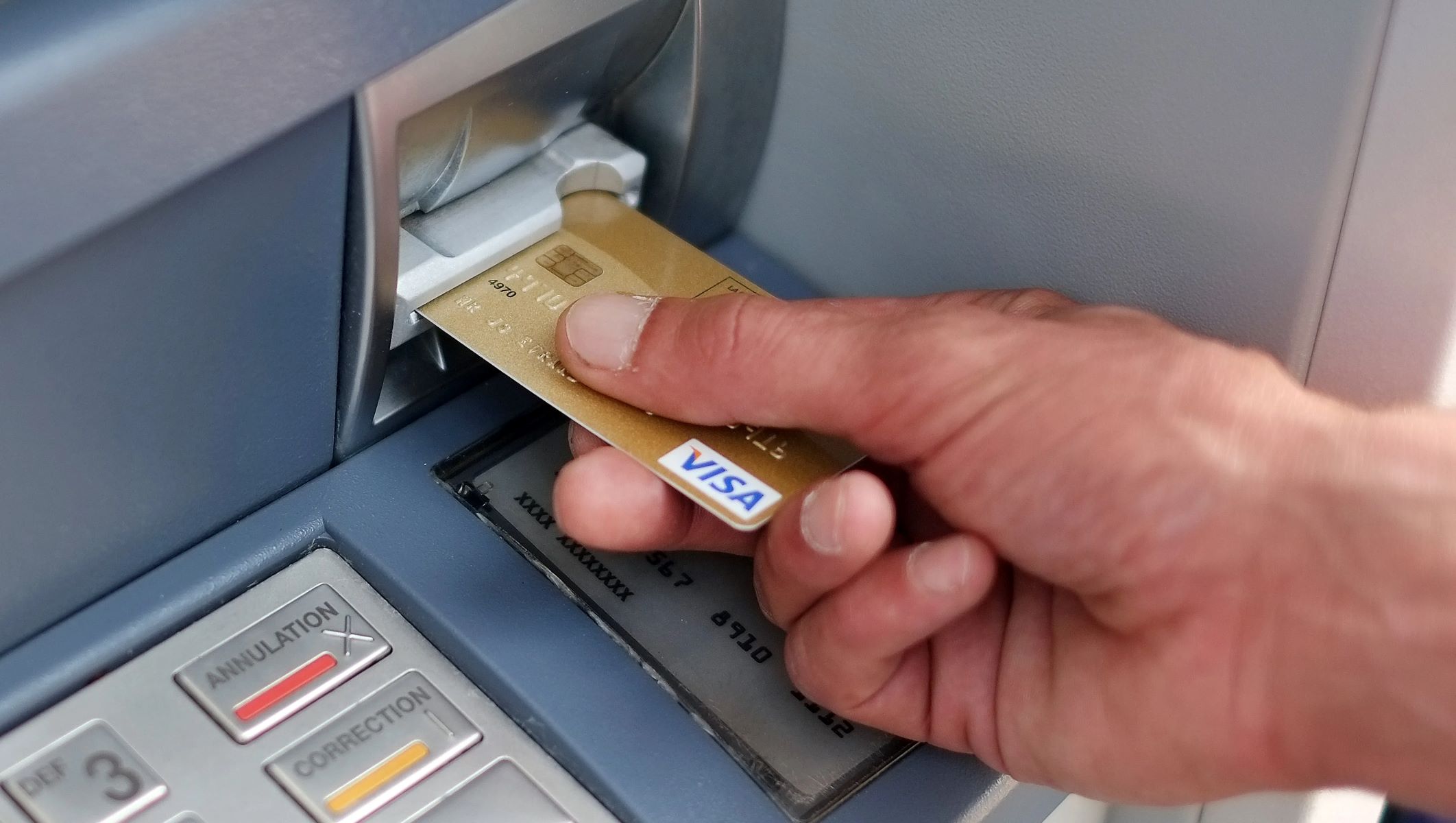

Finance
How To Add Someone To Checking Account
Published: October 27, 2023
Learn how to add someone to your checking account and manage your finances effectively. Get expert advice on finance and banking.
(Many of the links in this article redirect to a specific reviewed product. Your purchase of these products through affiliate links helps to generate commission for LiveWell, at no extra cost. Learn more)
Table of Contents
Introduction
Adding someone to your checking account can be a smart financial move. Whether it’s a spouse, child, or trusted friend, having a joint account can simplify money management and make it easier to handle shared expenses. However, the process of adding someone to your checking account may vary depending on the financial institution you work with.
In this article, we will guide you through the steps of adding someone to your checking account. From gathering the necessary documents to completing the required forms, we’ll provide you with a comprehensive overview of the process.
It’s important to note that adding someone to your checking account gives them access to the funds and may entitle them to make financial decisions on your behalf. Therefore, it’s crucial to carefully consider who you choose to add to your account and trust them with this responsibility.
Before we delve into the steps, it’s worth mentioning that each bank or credit union may have specific requirements and procedures. It’s highly advised to contact your financial institution directly to understand their specific process for adding someone to your checking account.
Now let’s dive into the step-by-step process of adding someone to your checking account!
Step 1: Gather Required Documents
Before you begin the process of adding someone to your checking account, it’s essential to gather all the necessary documents. This will help streamline the process and ensure that you have everything you need when contacting your bank or credit union.
Here is a list of documents you may need to gather:
- Identification: You and the person you wish to add to your checking account will typically need to provide identification documents such as a valid driver’s license, passport, or state ID card.
- Proof of Address: Most financial institutions require proof of address to verify your residency. This can be a recent utility bill, lease agreement, or bank statement that clearly displays your address.
- Social Security Number (SSN): You and the individual you are adding to your account will likely need to provide your SSN for identification and tax purposes.
- Relationship Proof (if applicable): If you are adding a spouse or another family member, you may need to provide documents that establish your relationship, such as a marriage certificate or birth certificate.
- Additional Documentation: Depending on your bank’s specific requirements, there may be additional documents needed, such as employment verification or proof of income.
It’s crucial to verify with your financial institution if any additional documents are required or if there are any specific requirements based on your unique circumstances. By being prepared with all the necessary documents, you can save time and ensure a smooth process when adding someone to your checking account.
Step 2: Contact the Bank
Once you have gathered all the required documents, it’s time to contact your bank or credit union to initiate the process of adding someone to your checking account. You can usually reach out to your bank through various channels, such as phone, email, or by visiting a branch in person.
When contacting the bank, it’s helpful to have the following information ready:
- Your account details: Be ready to provide your account number and any other relevant information that identifies your checking account.
- The person’s details: Provide the full name, date of birth, and any other necessary information about the person you want to add to your account.
- The relationship: Inform the bank of your relationship with the individual you wish to add to your checking account. This can help the bank determine the eligibility and any additional requirements.
The bank representative will guide you through the process and inform you of any specific steps you need to follow. They may also provide you with the necessary forms and documents required to add someone to your checking account.
It’s important to note that various banks have different policies and procedures for adding individuals to checking accounts. Some may require all account holders to be present during the process, while others may allow one account holder to initiate the process on behalf of both parties.
By contacting the bank directly, you will gain clarity on their specific requirements and ensure a smooth transition in adding someone to your checking account.
Step 3: Schedule an Appointment
After contacting the bank and discussing the process of adding someone to your checking account, the next step is to schedule an appointment. Meeting with a bank representative is typically required to complete the necessary paperwork and finalize the addition of the individual to your account.
During the appointment, you will have the opportunity to ask any questions you may have and receive guidance on the specific requirements and procedures. It’s important to choose a convenient time that works for both you and the person you are adding to the account, as all account holders may need to be present.
Many banks offer the flexibility of scheduling appointments online or through their customer service hotline. Alternatively, you may choose to visit a branch in person to schedule an appointment.
When scheduling the appointment, keep in mind the following:
- Availability: Check the bank’s working hours and choose a time when both you and the person being added to the account can be present.
- Documents: Confirm with the bank if there are any additional documents or identification requirements that you need to bring to the appointment.
- Duration: Inquire about the expected duration of the appointment. This will help you plan your schedule accordingly.
By securing an appointment, you ensure that the necessary time and resources are allocated to handle your request efficiently. It also allows the bank to prepare the required paperwork and create a smooth process for adding someone to your checking account.
Step 4: Attend the Appointment
Attending the scheduled appointment is a crucial step in adding someone to your checking account. During this meeting, you will have the opportunity to complete the necessary paperwork and provide any additional documentation required by the bank.
When attending the appointment, it’s important to come prepared with the following:
- Valid identification documents: Bring the identification documents you previously gathered, such as driver’s license, passport, or state ID card. Both you and the person being added to the account may need to present these documents for verification purposes.
- Additional documentation: If there are any specific documents requested by the bank, such as proof of address or relationship proof, make sure to bring those as well.
- Clear communication: Be ready to communicate your intentions and the purpose of the appointment to the bank representative. Let them know that you want to add someone to your checking account and inquire about the next steps.
During the appointment, the bank representative will guide you through the necessary paperwork, which may include signing account-opening forms, updating account details, and discussing any joint ownership agreements or account terms.
Additionally, it’s an excellent opportunity to clarify any doubts or questions you have regarding the account and its management. You can discuss features such as online banking, mobile banking apps, debit cards, and any associated fees or benefits.
Remember, the bank representative is there to assist you throughout the process. If you have any concerns or require clarification on any aspect of adding someone to your checking account, don’t hesitate to ask.
By actively participating in the appointment and providing the necessary documentation, you’ll be one step closer to finalizing the addition of the individual to your checking account.
Step 5: Complete the Necessary Forms
During the appointment, you will be required to complete various forms provided by the bank. These forms are essential for officially adding someone to your checking account and establishing their rights and responsibilities as an account holder.
Here are some common forms that you may need to complete:
- Account Application: This form collects basic information about the new account holder, including their name, address, and social security number. It also outlines the account’s terms and conditions.
- Joint Account Agreement: This form specifies the rights and obligations of all account holders. It typically includes details about account access, withdrawal limits, and other jointly held responsibilities.
- Signature Card: The signature card is a document where all account holders provide their signatures. This is an important step as the bank uses these signatures to verify transactions and authorize account-related activities.
It’s critical to carefully read and understand each form before signing. If you have any questions or concerns regarding the content, ask the bank representative for clarification.
Be sure to provide accurate and up-to-date information on the forms. Any inconsistencies or inaccuracies may cause delays or complications during the account setup process.
Once you have filled out the necessary forms, the bank representative will review them to ensure all required information is provided. They may also guide you through any additional steps needed to finalize the process.
Remember to keep copies of all the completed forms for your records. These documents serve as proof of the account addition and can be useful for future reference or any potential discrepancies.
By diligently completing the required forms and providing accurate information, you will facilitate the smooth progression of adding someone to your checking account.
Step 6: Provide Identification and Documentation
As part of the process to add someone to your checking account, you will need to provide identification and documentation to the bank to verify your identity and complete the necessary legal requirements. This step ensures the security and integrity of the account.
Here are some documents and identification items you may need to provide:
- Valid Identification: Both you and the person being added to the account will typically need to present valid identification documents such as a driver’s license, passport, or state ID card. These documents help establish your identity and ensure that you have the legal authority to add someone to the account.
- Social Security Number (SSN): You and the individual being added to the checking account will likely need to provide your SSN. Banks use this information for identification and tax-related purposes.
- Proof of Address: Some banks may require proof of address to verify your residency. You can provide documents such as a recent utility bill, lease agreement, or bank statement that clearly displays your address.
- Relationship Proof (if applicable): If you are adding a spouse or family member to your account, you may need to provide legal documentation such as a marriage certificate or birth certificate to establish the relationship.
- Additional Documentation: Depending on your bank’s policies, they may require additional documentation, such as proof of employment or income, to further verify your financial situation.
It is crucial to ensure that all the identification and documentation you provide is accurate and up to date. Banks have strict regulations for verifying the identity of account holders, and any discrepancies or errors may delay or even invalidate the addition process.
During your appointment with the bank, the representative will review and verify the provided identification and documentation to confirm your identity and eligibility to add someone to your checking account.
By providing the required identification and documentation, you are demonstrating your commitment to maintaining the security and integrity of the account for both yourself and the individual being added.
Step 7: Finalize the Process
After completing all the necessary paperwork, providing identification and documentation, and meeting the requirements of the bank, you are now ready to finalize the process of adding someone to your checking account.
During this step, the bank representative will review all the information and documents you have provided. They will ensure that everything is accurately filled out and meets the bank’s requirements. If any issues arise, they will guide you on how to resolve them.
Once all the necessary checks have been completed, the bank will update the account to include the new account holder. This typically involves assigning a debit card, online banking access, and any other services associated with the checking account.
It’s important to inquire about any joint account features or limitations that may apply. For example, you may need to discuss withdrawal limits, authorization requirements for transactions, and any specific rules that govern the joint account.
Finally, it’s crucial to discuss and establish clear communication and expectations with the individual you have added to the account. This includes sharing information about how the account will be managed, how expenses will be handled, and any other shared responsibilities.
Remember to keep a copy of all the relevant documentation, including the signed forms and any other paperwork provided by the bank. These documents serve as proof of the account addition and can be helpful for future reference or if any discrepancies arise.
By finalizing the process, you and the individual added to the account gain the benefits and responsibilities of a joint checking account. It enables convenient money management and can facilitate shared expenses, providing a secure and organized way to handle your finances together.
Congratulations! You have successfully completed the process of adding someone to your checking account and can now enjoy the benefits of joint ownership.
Conclusion
Adding someone to your checking account can be a beneficial step in managing your finances, whether it’s for a shared household, family expenses, or personal convenience. Throughout this article, we have walked you through the process of adding someone to your checking account, providing you with the necessary steps and information to ensure a smooth and successful experience.
By following the steps outlined in this guide, including gathering the required documents, contacting the bank, scheduling an appointment, attending the appointment, completing the necessary forms, providing identification and documentation, and finalizing the process, you are well on your way to adding someone to your checking account.
Remember, it’s essential to communicate openly with the bank, ask any questions you may have, and provide accurate and up-to-date information and documentation. This will help streamline the process and ensure a secure and successful addition to your checking account.
Adding someone to your checking account not only simplifies money management but also establishes joint ownership, shared responsibilities, and clear communication regarding your finances. However, it’s important to carefully consider the person you choose to add to your account and ensure that you trust them with the responsibility that comes with being an account holder.
Keep in mind that the specific requirements and procedures may vary depending on your bank or credit union. It’s advisable to contact your financial institution directly to understand their specific process and any additional requirements.
Congratulations on taking this step to enhance your financial management. With a joint checking account, you can enjoy the convenience and benefits of shared financial responsibility, making your financial journey smoother and more efficient.














